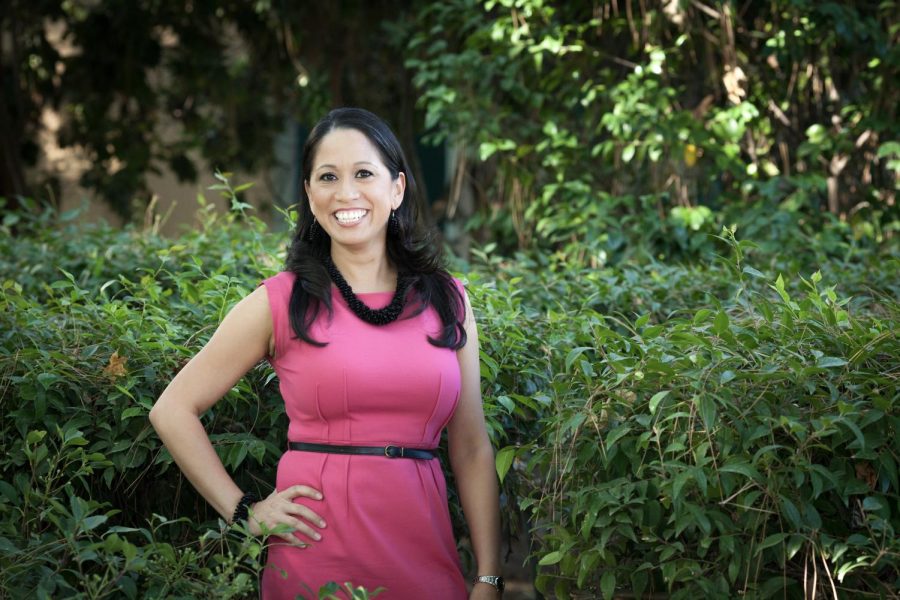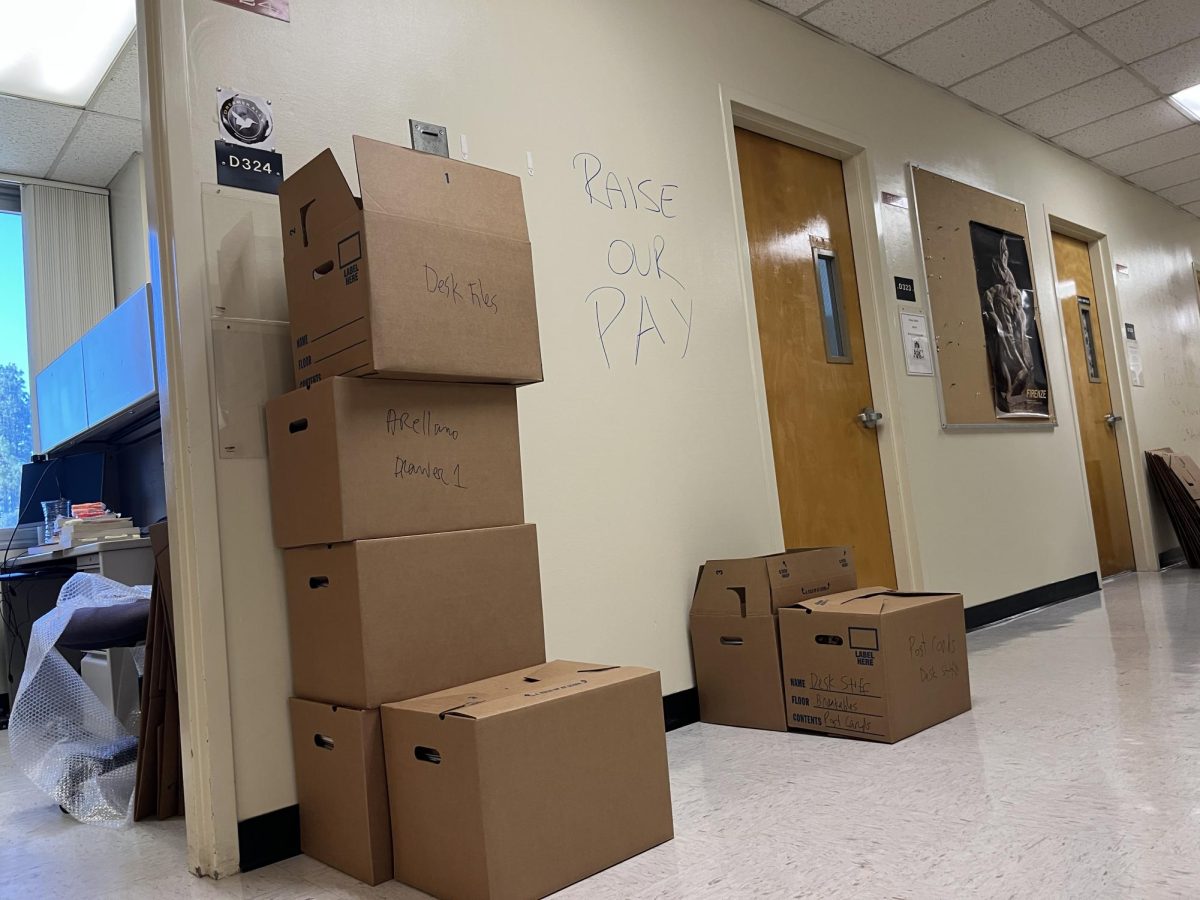More than 25 million barrels of oil are used to produce these yearly, yet the water inside these containers mostly come from municipal water sources like a faucet.
Plastic bottled water: environmentally harmful, and growing obsession for buying bottled water.
Geology professor Glenn Jaecks at American River College does not allow bottled water or soda in any of his classes. “I get my students to at least be aware that there is this issue,” says Jaecks.
Disintegration of plastic takes thousands of years, “over 85 percent of these bottles wind up in landfills,” said Michael Niman in an Artvoice article titled “Bottled Insanity,” “which can release a potpourri of deadly toxins into the environment.” The uncollected plastic bottles leaves “an estimated $26 million in unclaimed California Refund Value (CRV) deposits annually,” according to the California Department of Conservation.
Various plastic bottles are recycled, but the majority end up in our environments such as the oceans and landfills. The plastic lies “in the bottom of the sea, and as it disintegrates then it gets into the food web, and those chemicals are not necessarily good for organisms,” says Jaecks.
Many people say that they do not drink tap water because it tastes bad. Oscar Castillo, a student at American River College says he drinks bottled water because, “It’s convenient, there are germs on the water fountain, and (tap water) is not filtered as much as bottled water.”
Water bottles are needed more in other countries due to unsafe drinking water, however. “Water treatment and disinfection have made U.S. tap water one of the safest and healthiest drinking water supplies in the world,” according to U.S. Environmental Protection Agency.
According to Charles Fishman author of “The Big Thirst,” “In the U.S. we spend $21 billion a year buying bottled water, and we spend $29 billion a year maintaining the entire water system.”
Not only costly on the pockets, bottled water also takes an abundant amount of energy to be produced. “(It) takes an estimated 2,000 times more energy to produce bottled water than to produce an equivalent amount of tap water,” says Peter Gleick, author of “Bottled And Sold.”
“Do not refill,” noted on the side of a few plastic bottles, remains confusing. The majority of plastic water bottles are made from polyethylene terephthalate, a lightweight plastic.
According to Dr. Russ Hauser of Harvard University, washing and reusing plastic bottles can release chemicals that contain a metal called antimony, a possible carcinogen.
“People don’t necessarily think about what happens to the things that they buy and throw away, like the plastic bottles,” says Jaecks.
lentzj@imail.losrios.edu













Heather • Apr 12, 2012 at 11:59 am
I never knew so much effort went into producing plastic bottles – I will certainly put more effort into recycling! Thank you!